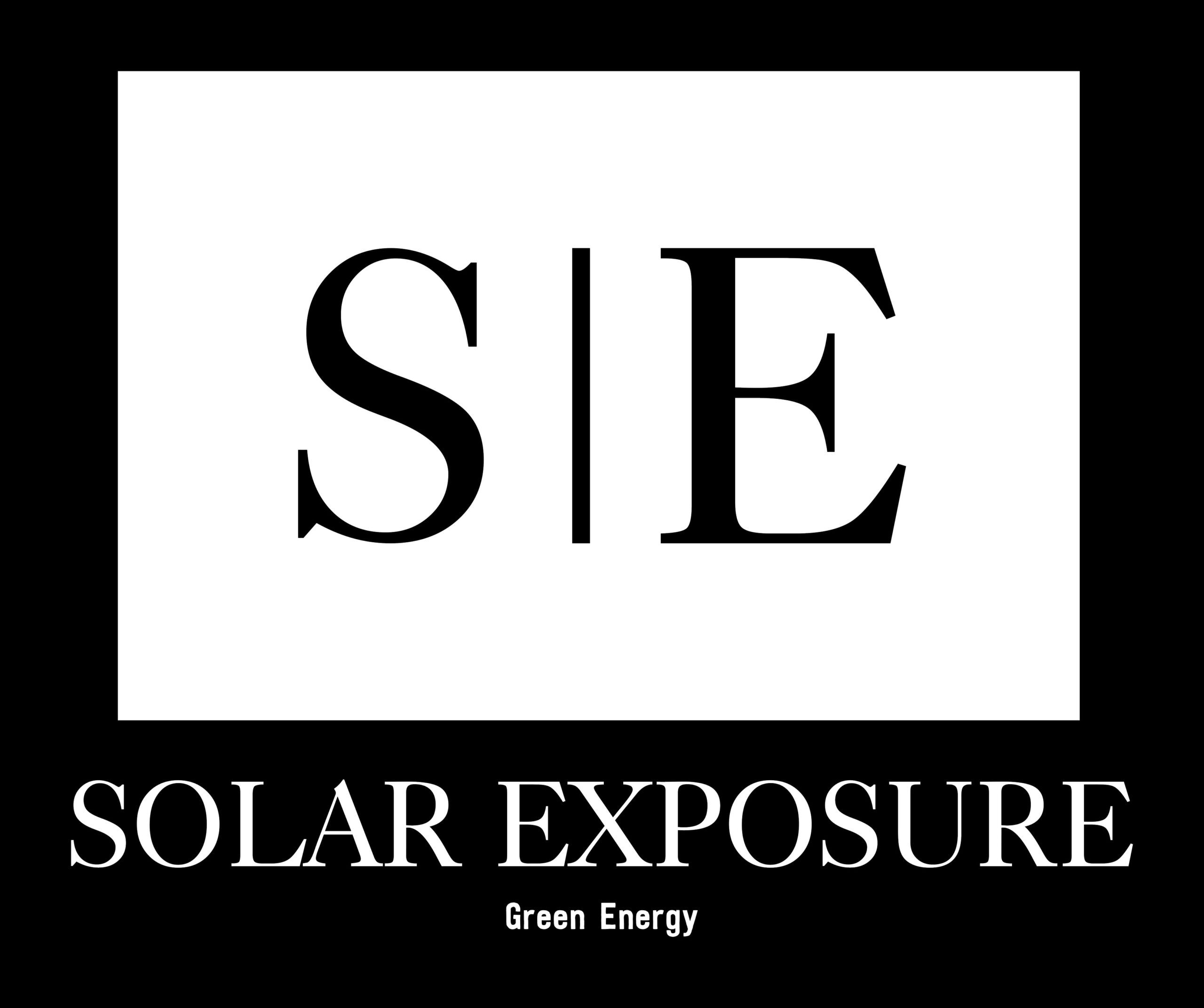Understanding Commercial Solar Cell Efficiency: What You Need to Know
October 1, 2024What size solar panels for house?
October 30, 2024With a growing focus on renewable energy, solar panels have become increasingly popular as a clean, sustainable power source for homes and businesses. However, many people wonder how efficient solar panels truly are, especially compared to other forms of energy. Solar panel efficiency refers to the ability of a solar cell to convert sunlight into usable electricity. Here, we’ll explore the factors that affect solar panel efficiency, average efficiency rates, and how advances in technology are making solar energy even more effective.
1. Understanding Solar Panel Efficiency
Solar panel efficiency is expressed as a percentage, representing the fraction of sunlight that can be converted into electrical energy. For example, a solar panel with 20% efficiency means that 20% of the sunlight hitting it is turned into electricity, while the rest is lost as heat or reflected light. This efficiency depends on several factors, including the materials used, the design of the solar cells, and the technology behind the panel.
Average Efficiency Rates of Solar Panels
Traditional silicon-based solar panels, the most common on the market, generally have an efficiency rate between 15% and 22%. Higher efficiency rates are available with premium panels, but they typically come at a higher cost. For residential use, panels with around 20% efficiency are often sufficient to meet energy needs, while commercial systems may use higher-efficiency panels to maximize output in a limited space.
2. Types of Solar Panels and Their Efficiencies
There are three main types of solar panels, each with different efficiency rates:
- Monocrystalline Solar Panels: These panels are made from a single, pure crystal structure, allowing electrons to move more freely and improving efficiency. Monocrystalline panels can achieve efficiencies of 20% or higher, making them popular for residential and commercial applications. They are, however, more expensive than other types due to their complex manufacturing process.
- Polycrystalline Solar Panels: These panels are made from multiple silicon crystals, which makes them easier and cheaper to produce, but slightly less efficient, typically between 15% and 18%. They are commonly used in residential settings where lower initial costs are a priority.
- Thin-Film Solar Panels: These panels use layers of photovoltaic material, such as cadmium telluride or amorphous silicon, which are deposited on a substrate like glass or metal. Thin-film panels have efficiencies ranging from 10% to 12% but are lightweight and flexible, making them ideal for certain applications like rooftops with weight restrictions or unconventional shapes.
3. Factors That Influence Solar Panel Efficiency
Solar panel efficiency can be influenced by a variety of factors, some of which are environmental, while others relate to the design and installation of the system.
a. Temperature
While it may seem counterintuitive, high temperatures can reduce solar panel efficiency. Most solar panels are tested at a temperature of 25°C (77°F), and for every degree above this, the panel’s efficiency decreases slightly. In hotter climates, this effect can be significant, though it can be minimized by installing panels with adequate airflow around them.
b. Angle and Direction of Installation
The angle and direction that solar panels face are crucial to maximizing efficiency. In the northern hemisphere, south-facing panels are ideal, while in the southern hemisphere, they should face north. The tilt angle is also important and depends on the latitude of the installation location. The closer the angle matches the sun’s trajectory, the more efficiently the panel will capture sunlight.
c. Shading and Obstructions
Shading from trees, buildings, or other structures can drastically reduce a solar panel’s output, as even partial shading on a single cell can disrupt the energy flow through the entire panel. Placing solar panels in a spot with maximum exposure to direct sunlight is key to optimizing efficiency.
d. Age and Degradation Rate
All solar panels experience a gradual reduction in efficiency over time, known as the degradation rate. On average, panels lose about 0.5% to 1% of their efficiency per year. Modern solar panels, however, often come with a 25-year warranty and can still produce around 80-85% of their initial power output by the end of their warranty period.
4. Improving Solar Panel Efficiency: Innovations and Technologies
Solar panel technology has seen substantial advancements in recent years, leading to more efficient and cost-effective systems. Here are a few recent innovations:
- Passivated Emitter and Rear Cell (PERC): PERC technology adds a reflective layer to the back of the panel, allowing it to capture more light and convert it to electricity. This increases efficiency by around 1-2% over traditional panels.
- Bifacial Solar Panels: These panels can capture sunlight from both sides, significantly increasing their energy output, especially when installed in areas where light reflects off the ground.
- Concentrated Photovoltaics (CPV): CPV systems use lenses or mirrors to focus sunlight onto high-efficiency cells. Although expensive, CPV systems can reach efficiencies of over 40%, making them suitable for specialized industrial applications.
5. Are Solar Panels Worth the Investment?
Solar panel efficiency plays a critical role in determining whether they are worth the investment for a household or business. Higher efficiency panels may come at a premium price, but they also generate more electricity in a smaller area, which can be advantageous for limited roof space or high energy needs. Additionally, federal and local incentives, such as tax credits and rebates, often help offset installation costs, making solar panels more accessible.
Conclusion
Solar panels have made impressive strides in efficiency, with rates improving every year. While typical residential panels operate around 15-22% efficiency, advances in technology like PERC, bifacial, and CPV promise even better energy yields in the future. By understanding the factors affecting efficiency and carefully choosing the right type of panel, homeowners and businesses can make solar energy a practical, long-term investment in clean energy.

